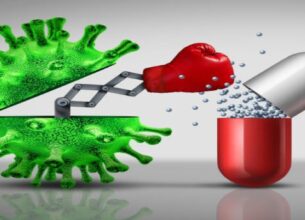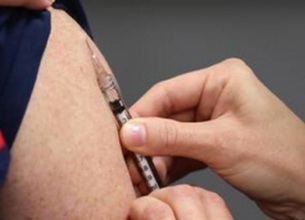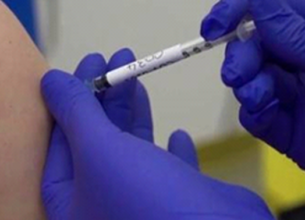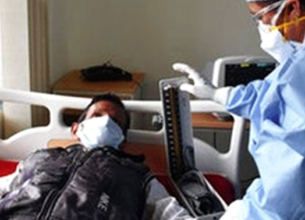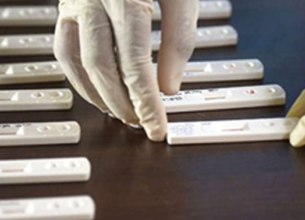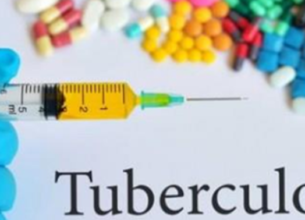WHO’S GLOBAL TUBERCULOSIS REPORT 2019
18, Oct 2019

Prelims level : Indices & Reports
Mains level : GS-II- Issues relating to development and management of Social Sector/Services relating to Health, Education, Human Resources.
Why in News?
- WHO has released the 2019 edition of the Global Tuberculosis Report recently. The report provides a comprehensive and up-to-date assessment of the TB epidemic and progress in the response at global, regional and country levels for India.
Key Findings of the Report:
- Around 10 million people developed TB in 2018 and three million sufferers “are not getting the care they need”.
- Countries where people suffer most are China, India, Indonesia, Nigeria, Pakistan, the Philippines, and South Africa.
- Although the 2018 TB toll was marginally better than in 2017, the burden remains stubbornly high among poor and marginalized populations, particularly those with HIV.
- Drug resistance remains another obstacle, WHO maintained, with 2018 seeing an estimated half a million new cases of drug-resistant TB.
- There is massive and chronic underfunding for TB research estimated at $1.2 billion a year. On top of this, the shortfall for TB prevention and care is estimated at $3.3 billion in 2019.
- The World Health Assembly-approved Global TB Strategy aims for a 90 per cent reduction in TB deaths and an 80 per cent reduction in the TB incidence rate by 2030 compared with 2015 levels.
Status in India:
- The report notes that in 2017, India had 27.4 lakh TB patients which came down to 26.9 lakh in 2018.
- Incidence per 1,00,000 population has decreased from 204 in 2017 to 199 in 2018.
- The number of patients being tested for rifampicin resistance has increased from 32% in 2017 to 46% in 2018.
- And the treatment success rate has increased to 81% for new and relapse cases (drug sensitive) in 2017, which was 69% in 2016.
- TB remains the top infectious killer in the world claiming over 4,000 lives a day.
- This report presents progress towards targets set at the first-ever United Nations General Assembly high-level meeting on TB in 2018 as well as the targets of the WHO End TB Strategy and Sustainable Development Goals.
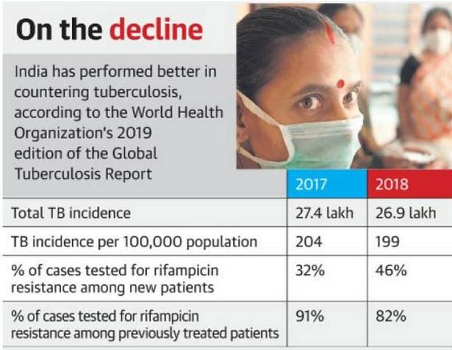
Government Interventions Taken:
- The India TB-Report 2019notes that India is closest ever to covering all TB cases through the online notification system (NIKSHAY).
- National Strategic Plan (NSP) to end TB
a) It encapsulates the bold and innovative steps required to eliminate TB in Indiaby the year 2025.
b) Objective (Detect-Treat-Prevent-Build)
- Detect:Find all Drug Sensitive TB and Drug Resistant TB cases with an emphasis on reaching TB patients seeking care from private providers and undiagnosed TB in high-risk populations.
- Treat:Initiate and sustain all patients on appropriate anti-TB treatment wherever they seek care, with patient friendly systems and social support.
- Preventthe emergence of TB in susceptible populations.
- Buildand strengthen enabling policies, empowered institutions, additional human resources with enhanced capacities, and provide adequate financial resources.
About Tuberculosis:
- TB is caused by Bacteria (Mycobacterium tuberculosis) that most often affect the lungs.
- Transmission:TB is spread from person to person through the air. When people with lung TB cough, sneeze or spit, they propel the TB germs into the air.
- Symptoms:Cough with sputum and blood at times, chest pains, weakness, weight loss, fever and night sweats.
- Treatment:TB is treatable and curable disease. It is treated with a standard 6 month course of 4 antimicrobial drugs that are provided with information, supervision and support to the patient by a health worker or trained volunteer.
- Anti-TB medicines have been used for decades and strains that are resistant to 1 or more of the medicines have been documented in every country surveyed.
1.Multidrug-resistant tuberculosis (MDR-TB)is a form of TB caused by bacteria that do not respond to isoniazid and rifampicin, the 2 most powerful, first-line anti-TB drugs. MDR-TB is treatable and curable by using second-line drugs.
2.Extensively drug-resistant TB (XDR-TB)is a more serious form of MDR-TB caused by bacteria that do not respond to the most effective second-line anti-TB drugs, often leaving patients without any further treatment options.
About WHO:
- The World Health Organization (WHO) is a specialized agency of the United Nations that acts as a coordinating authority on international public health.
- Established in 1948, it succeeded the Health Organization, which was an agency of the League of Nations.
- It is a member of the United Nations Development Group and its headquarters is located at Geneva.



